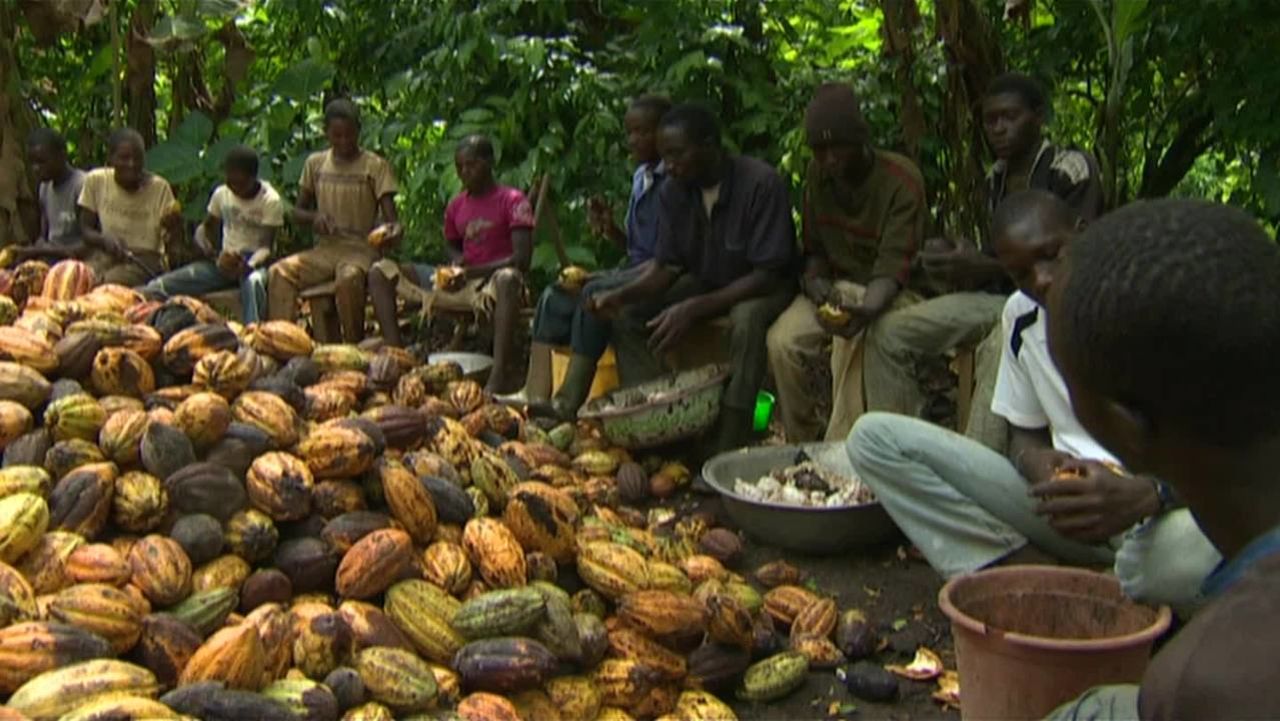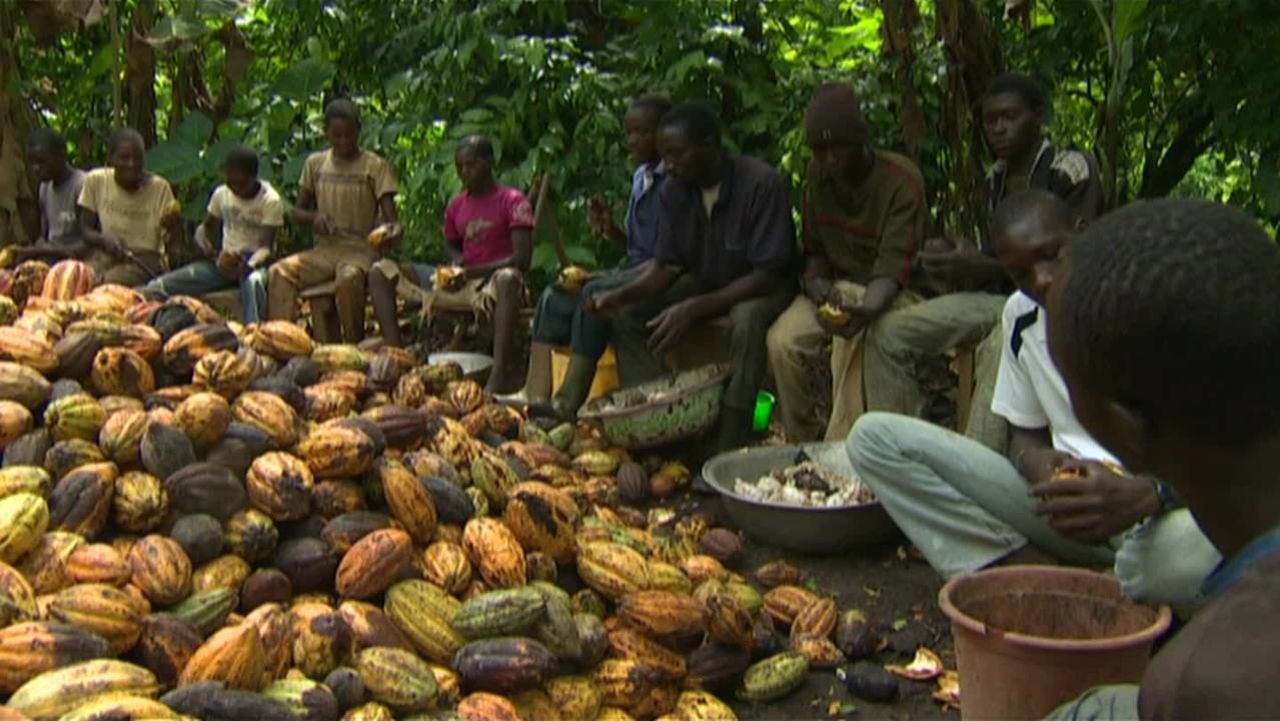West Africa facing 10% drop in cocoa output in 2025/26, industry sources say

- Cocoa-leading region coming off two below-average harvests
- Industry researchers downgrading their earlier 2025/26 forecasts
- Flower, young pod mortality rates high, despite improved weather
ABIDJAN, July 9 (Reuters) - West African cocoa production, which has faced two successive below-average harvests, is likely to see another 10% decline in the upcoming 2025/26 season despite marginally improved weather conditions, industry sources told Reuters. Ivory Coast and Ghana - the world's two leading producers - along with Nigeria and Cameroon, account for over two-thirds of global cocoa output. But they are struggling with shifting weather patterns, ageing tree stocks, disease and destructive small-scale gold mining.
Pod counters employed by cocoa exporters and trading houses are currently visiting plantations to carry out crop assessments for the 2025/26 season, which opens in October. The forecast of a 10% fall in output across the four countries - a consensus view of five pod counters and six exporters - reverses an earlier projection of a 5% increase made in May and June. "Despite the rains, the mortality rate of flowers and cherelles (small pods), which determines the size of the next main crop, was high in June, exceeding our forecasts," said a pod counter in Ivory Coast, referencing recent field surveys.
While a full assessment of the 2025/26 harvest with more precise production forecasts will only be ready by late August or early September, the sources said the initial feedback from field studies confirmed a clear downward trend.
The last two seasons' below average output - particularly in Ghana and Ivory Coast - contributed to record global cocoa prices last year, although prices have since eased. From producing over 2 million metric tons of cocoa five years ago, Ivory Coast's output is on track to reach 1.6 million tons this season. Ghana's production, meanwhile, plummeted from over 1 million tons to less than half that last season. And while the country's cocoa sector regulator last month forecast output rebounding to 600,000 tons by this season's end, the International Cocoa Organization estimates its production at closer to 500,000 tons.
